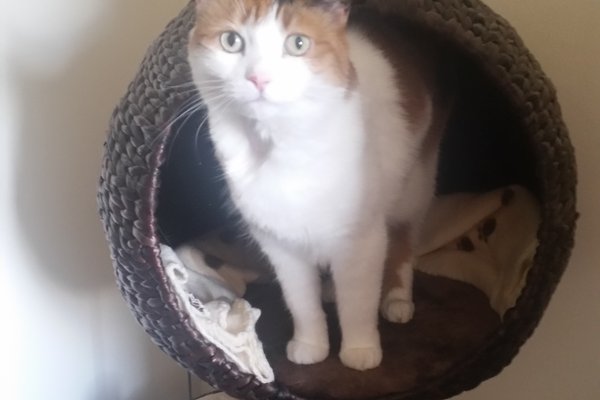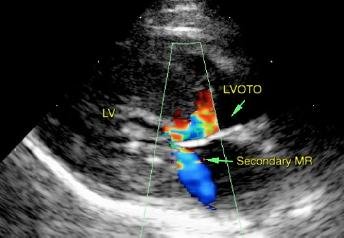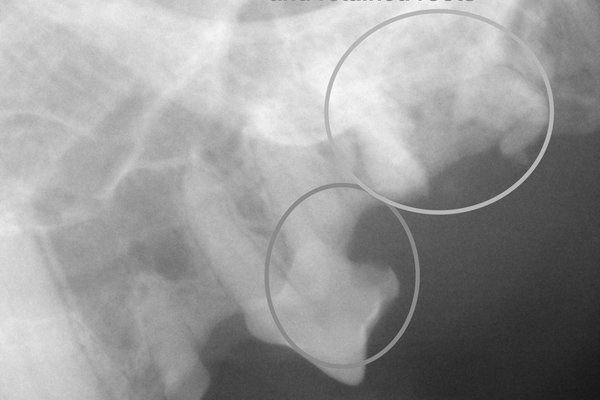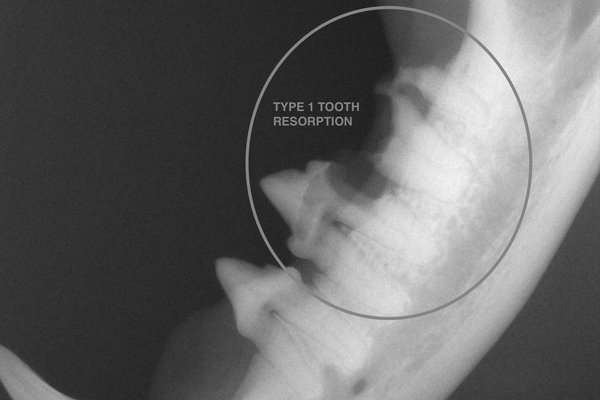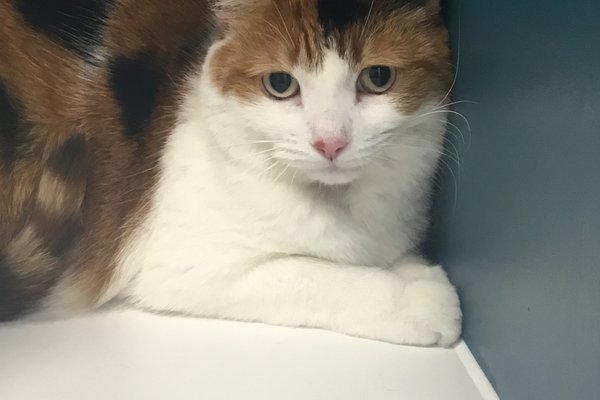Meet Skye, she is a lovely girl who is 8 years old who loves head butt cuddles. She came in to see us as she had an intermittent cough and required a general health check. On her clinical examination Dr Jeremy noted that she had a heart murmur which was new and also quite severe dental disease. The gums at the back of her mouth where very inflamed and some of the teeth were broken due to Tooth Resorption which was eating away the normal tooth structure making them weaker. Tooth Resorption is a common dental disease in cats over 4 years of age and this case highlighted how much cat’s hide their pain particularly dental pain. Skye had a very healthy appetite and had no problems with eating or ‘hunting’. Skye’s owner is a wonderfully observant and attentive carer but it is impossible to see this far back in the mouth of even the most malleable cat without a proper oral examination by your vet or nurse.
Dr Jeremy recommended that Skye come in for a Comprehensive Oral Health Assessment and Treatment (COHAT). Prior to the anaesthetic required for the COHAT we wanted to know what the cause of the heart murmur was and whether there was significant airway disease to enable us to assess our anaesthetic risk and plan our protocols accordingly. We initially did a blood test to check if the cause of the murmur was likely to be clinically significant and this showed an abnormal result so we needed to investigate this further.
Skye came in to our hospital for the day and Dr Jeremy performed a non-invasive cardiac ultrasound (echocardiography) and chest radiographs (x-rays). An echocardiogram uses sound waves to create pictures of the heart's chambers, valves, walls and the blood vessels. We found that Skye has a mildly thickened left ventricular wall (Hypertrophic Cardiomyopathy) with minor obstruction to blood flow out of the aorta which is termed Left Ventricular Outflow Tract Obstruction or LVOTO (Fig 1). She was not at risk of heart failure and no treatment is required other than monitoring. Her x-rays showed only very mild changes that we could associate with feline asthma or allergic bronchitis and so and Dr Jeremy felt that she was a suitable candidate for the anaesthetic and the COHAT.
Skye’s anaesthetic protocol was tailored to her conditions and designed to keep her heart rate nice and relaxed and lungs well oxygenated. She was placed into an oxygen tent for 30 minutes before her anaesthetic to allow her to take in the very rich oxygenated air. Our nurses use a multi-parameter monitor for constant monitoring of the heart rate, body temperature, blood pressure and breathing (capnography) allowing any alterations to be made minute-by-minute. Dental nerve blocks are placed which reduces post-operative pain but also reduces the amount of overall general anaesthetic required which is even better for the heart.
Skye had 4 teeth removed in total. You can see on the x-rays of the teeth those affected by resorption. The large upper carnassial used for grinding was broke up with only 3 root fragments remaining (fig. 2). Tooth resorption and periodontitis affected the remaining 3 teeth (figs. 2, 3).
Skye had a steady anaesthetic and had a good recovery.
Dental disease in cats is common and seen in up to 70% of cats greater than 5 years. If you are worried or want some advice please book in with one of our nurses for a complimentary dental check. There is more information available on our website here. A lot of the dental disease we see occurs in older cats or cats with concurrent health problem like Skye. This case hopefully highlights that with careful pre-anaesthetic assessment and management dental pain and diseasecan and should be addressed in all cats.
Skye 6 days post-op mouth healing beautifully and a very happy cat.


